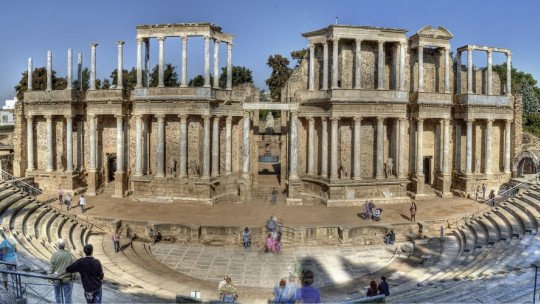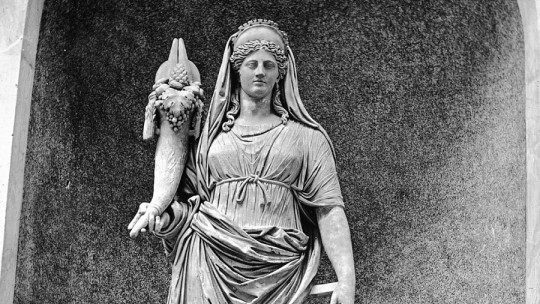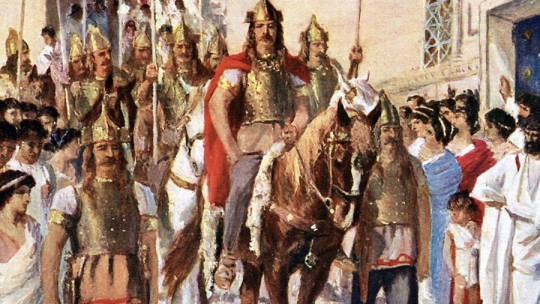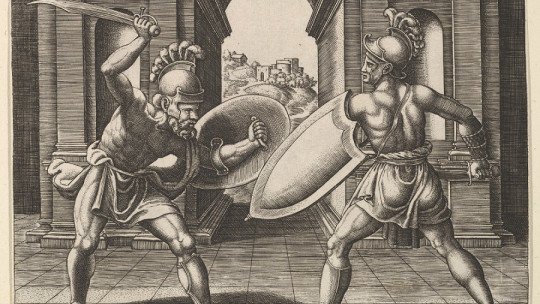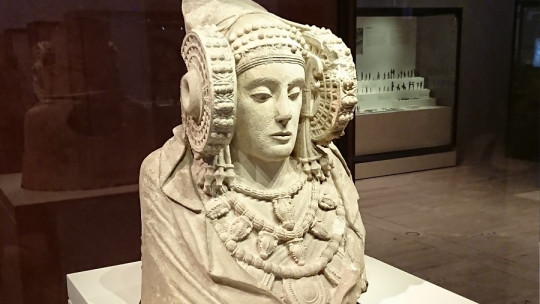Hispania was, without a doubt, one of the richest provinces of Rome. Numerous raw materials came from it and oil and wine were produced there, not to mention the numerous mineral deposits that were abundant and from which the Romans took abundant advantage.
Hence, throughout the Iberian Peninsula we find hundreds of remains from the Roman past of Hispania ; a past that is mostly very well preserved and that can help us get an idea of what it was like to live as a Roman in what is now Spain.
The 10 essential Roman monuments in Spain
Today we bring, for lovers of the history of Rome (and for those interested, in general, in the remains of history) a list of the 10 essential Roman monuments in Spain.
1. The Roman wall of Lugo (Galicia)
It is probably the best preserved Roman wall in the world. And the Roman wall of Lugo not only preserves a large part of its original canvas (it still preserves 71 towers from Roman times) but also impresses with its high degree of preservation.
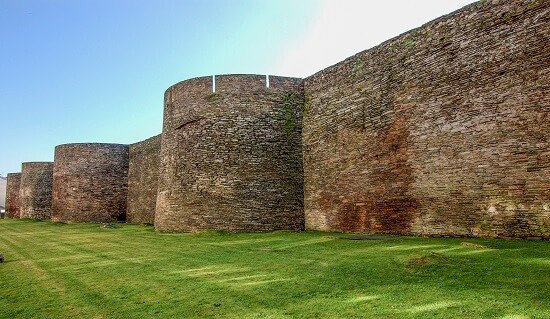
In the 19th century, the walls of Lugo managed to avoid the collapse of walls so characteristic of the 19th century, which represented the sacrifice of a large part of our heritage. Against all odds, those of Lugo were maintained and adapted to the changes of the times and, therefore, to the needs of the population.
This Roman architectural marvel, which defended the ancient Lucus Augustiwas built in the 3rd century AD and still amazes the traveler who comes to it today.
2. The Roman amphitheater of Tarraco (Catalonia)
Ancient Tarraco (currently Tarragona) is an essential site for any lover of the history and art of Rome. It is one of the most impressive and best preserved Roman complexes in Spain (it was declared a World Heritage Site by UNESCO in 2000), which has, among its jewels, the famous amphitheater that overlooks the sea.
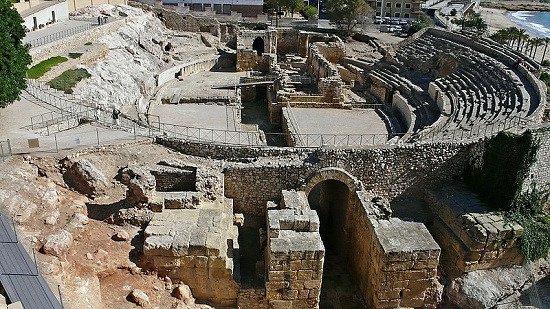
But, in addition to the amphitheater, ancient Tarraco has other monuments worth a visit, such as the circus, the walls or the forum. Although hardly any remains of the latter remain, it is interesting to trace them to get an idea of what the nerve center of the capital of Hispania Citerior could have been like.
Finally, and already on the outskirts of the city, we can see the wonderful Les Ferreres Aqueduct, popularly known as The Devil’s Pont (the devil’s bridge), as well as the triumphal arch (Arc de Barà) and the tower-mausoleum of the Scipios.
3. The Roman mausoleum of Fabara (Aragon)
This Roman mausoleum, built in the 2nd century AD in honor of Lucio Emilio Lupo, is located not far from Fabara, in the province of Zaragoza, and receives the curious name of Moorish hut by the locals.
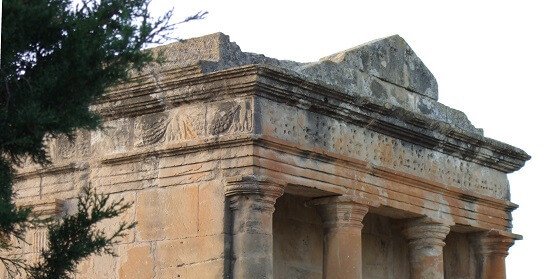
In reality, it is a Roman building of a funereal nature with an astonishing state of conservation, which still has very defined proportions and decoration. A façade with four columns of Tuscan order facilitates access to the interior of the mausoleum, the cella, from where one descends to the crypt, where the deceased would be found. An unknown Roman monument that is worth knowing.
4. The aqueduct of Segovia (Castilla y León)
Without a doubt, it is one of the most recognized Roman monuments in Spain. Especially famous is the section that crosses the Plaza del Azoguejo and which, due to its spectacular unevenness, impresses visitors who come to contemplate it.
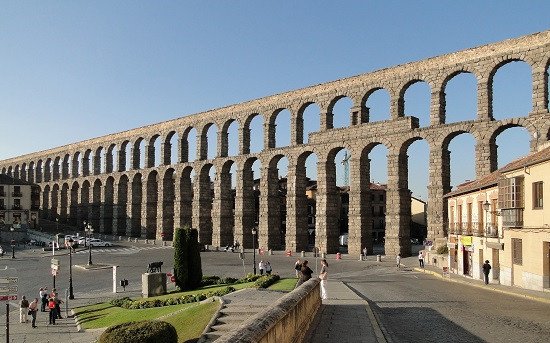
Through aqueducts, Roman engineering brought water to inhabited areas. In this specific case, built in the 2nd century AD, the construction collected water from a spring in the nearby mountains and, Through more than 15 km of route and overcoming impressive slopes, it provided water to the city. The impeccable conservation of the powerful arches of the Azoguejo section undoubtedly makes it an unforgettable sight.
5. The Roman theater of Mérida (Extremadura)
The Roman theater of ancient Augusta Emerita (on the cover), the most important city in Roman Lusitania, is probably one of the best preserved in the world. Part of its excellent state of conservation is due to the fact that the building continues to host theatrical performances, which take place during the famous classical theater cycle of Mérida.
The Romans took from the Greeks (among many other things) the art of theater. But, While the Hellenes always built these buildings in natural cavities, the Romans went further and built free-standing buildings like the one in question. This typology consequently allowed greater freedom to organize the different elements of the theater. Despite everything, in the Roman world theater did not enjoy the same status that it enjoyed in Greece.
Thus, the excellent state of conservation of the Mérida theater, together with the few remains of Roman theaters that have remained, make it a must-see for all lovers of Rome. Augusta Emerita It also preserves other jewels, such as the amphitheater, the circus, the bridge over the Guadiana or the magnificent temple of Diana.
6. The Alcántara Bridge (Extremadura)
This impressive Roman bridge spans the Tagus on its way to Portugal. Located very close to the Extremaduran town of Alcántara, it represents a very interesting testimony of a Roman bridge on the peninsula, despite having been significantly intervened in later centuries.
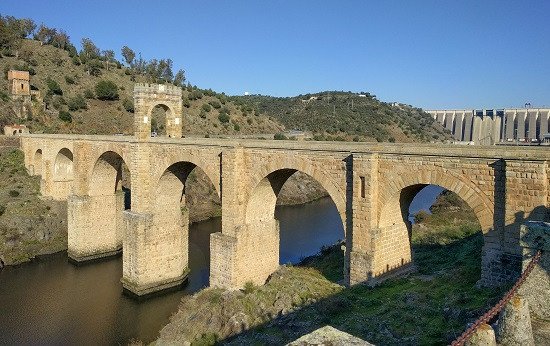
Measuring 194 cm in length and 58.2 meters in height, the Alcántara Bridge is built on six superb arches of unequal heights. In an inscription, which is repeated on both sides, we can read that the imposing bridge was built in honor of one of the Hispanic emperorsTrajan, which also dates the construction of the monument to the beginning of the 2nd century AD. As a curiosity, at the entrance to the bridge you can enjoy a small Roman stone temple.
7. The city of Itálica (Seville)
The ancient Roman city, whose remains can still be enjoyed not far from Seville, had nothing less than the largest amphitheater on the peninsula, with capacity for 25,000 spectators. We can still visit its remains among the various wonders that this Roman site hides.
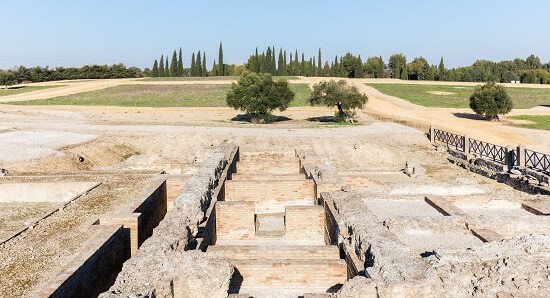
Cradle of two Roman emperors (Trajan and Hadrian, the Hispanic emperors), Between the 2nd and 3rd centuries AD, Itálica enjoyed capital importance in the peninsula. The result of its strategic relevance are the delicious remains that can still be seen, such as the mosaics of its sumptuous houses, among which the famous mosaic of the House of Hylas or that of the House of Birds, decorated with more than thirty species, stands out. of birds.
8. The Roman baths of Caldes de Montbui (Catalonia)
These little-known thermal baths constitute one of the best and best preserved examples of a Roman thermal building in Spain. They are located not far from Barcelona, in Caldes de Montbui, a town known since ancient times for its healing waters, which spring naturally at 74 degrees Celsius.
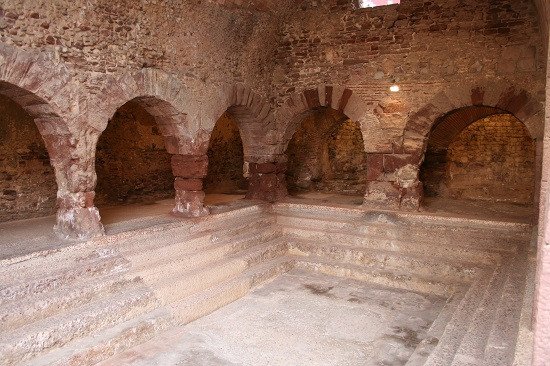
Its surprising state of conservation is even more notable if we take into account that they were built in the 1st century BC, that is, shortly after the arrival of the Romans to the peninsula, making it one of the oldest Roman buildings. from Spain. Located in the current Plaça de la Font del Lleó, You can see, through a protective glass, its magnificent structure that, in Roman times, had a caldarium (hot water pool) and two smaller pools.
9. The Roman theater of Cartagena (Murcia)
After the Punic Wars and the victory of the Romans over the Carthaginians, their ancient capital, Qart Hadasht (new city) fell under the Roman eagle. The Romans renamed it Cartago Nova, and since then it became one of the most important cities on the peninsula, later coveted by Arabs and Byzantines.
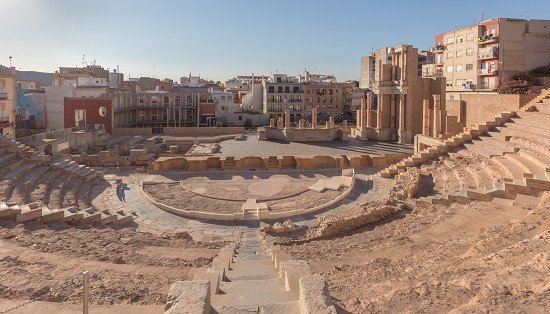
The impressive theater of Cartagena (the current name of the city) is one of the best preserved in the world along with that of Mérida. It had capacity for 7,000 people (a clearly extraordinary figure), and we can still see it today among the houses.
Cartagena guards other Roman treasures of great value: the remains of the ancient Forum and the House of Fortune, decorated with beautiful mosaics.
10. Roman villa La Olmeda (Castilla y León)
The villae Romans were self-sufficient structures that were dedicated to agriculture and livestock and that formed the bases of the later medieval fiefdoms. The Roman villa of La Olmeda, in Castilla y León, represents one of the most notable remains of this type of Roman construction.
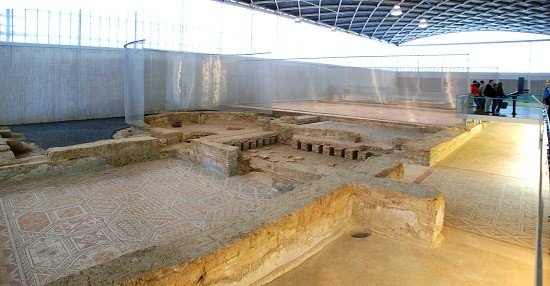
The two differentiated parts observed in the remains allow us to better understand what life was like in these haciendas: on the one hand, we find the rooms of the lords, separated by a corridor from the rooms used for the bathroom. On the other hand, there is a clear separation between the private part of the dominus and the agricultural exploitation part.
Finally, it is necessary to highlight the monumental set of mosaics that have been found in the town, among which the one located in the oecus stands out, which shows, among others, a spectacular hunting scene.

